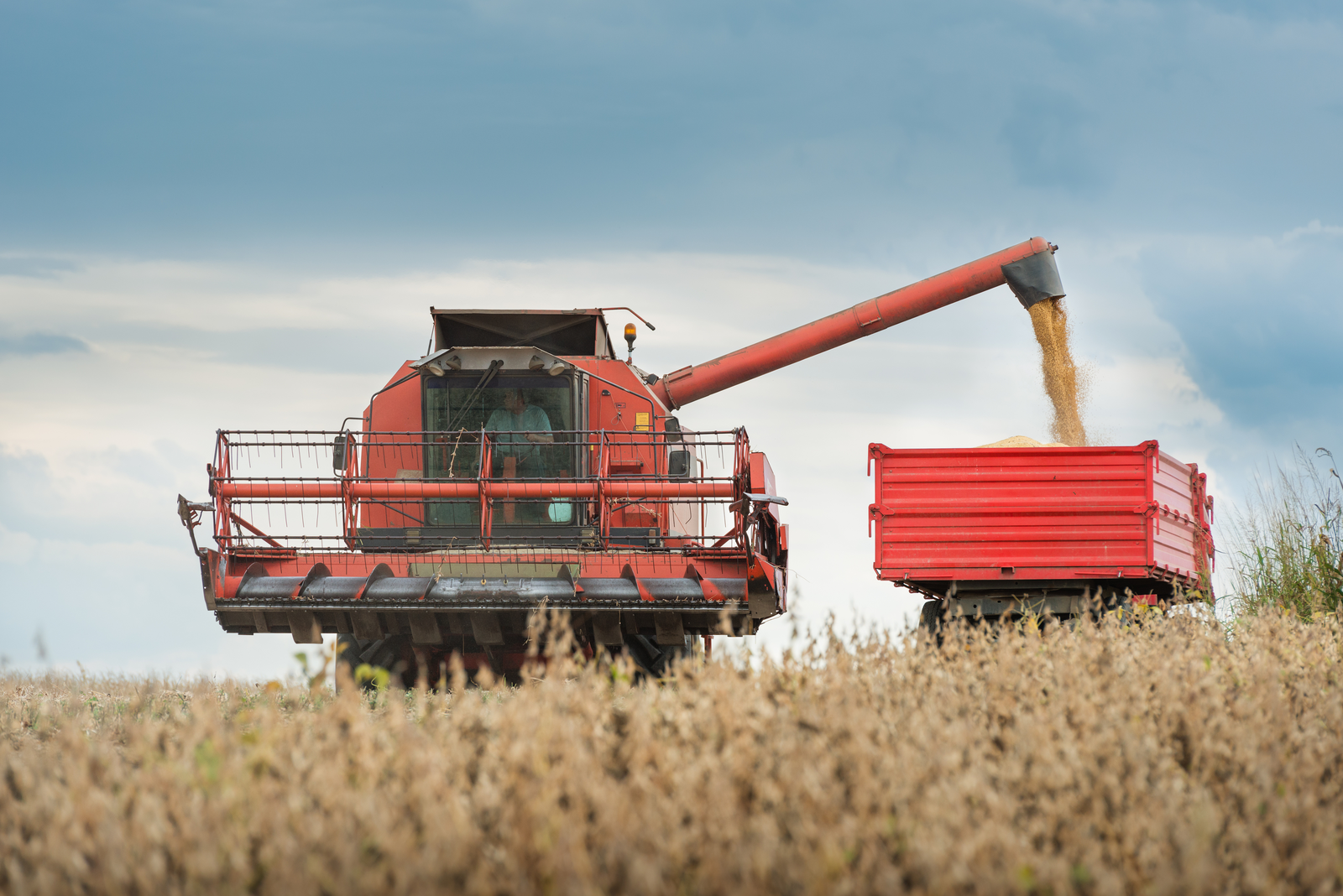Viable options to grow protein crops in Europe

Large amounts of protein are imported in the European Union, primarily soy. But is it not better that Europe grow these crops itself? Dutch researchers looked at the alternatives.
By Emmy Koeleman
The total EU protein crop production (e.g. legumes, soybeans) currently occupies only 3% of the EU’s arable land. Therefore, large amounts of protein are imported into the European Union (EU), mainly originating from South America. These imports are the subject of increasing concerns, such as the increased dependency on South America. This has been stated in the report: “Cultivation, processing and nutritional aspects for pigs and poultry of European protein sources as alternatives for imported soybean products,” published by Wageningen UR Livestock research in the Netherlands. The report describes a study that was done by scientists from Wageningen UR Livestock Research (WLR), Plant Research International (PRI) and Food and Biobased Research (FBR) to investigate the options to increase European protein production, to be used in commercial pig and poultry diets.
Nutritional aspects for animals
The researchers delved further into the possibilities of growing proteins in Europe and studied the nutritional components of different protein crops. Results of one experiment showed that rape seed (canola) protein concentrate can be used up to 10% in piglet diets. Legumes, e.g. Vicia faba, lupines and peas, and chickpeas, can significantly contribute to the protein supply of pigs and poultry, although their anti-nutritional factors have to be taken into account. Results of a piglet trial showed that the digestibility of pea protein concentrate was similar or even better than that of whole peas. Moreover, piglets that were fed a diet supplemented with pea protein concentrate performed very well.
Based on these results, and considering that the production process of protein concentrates from legumes is sustainable and already commercially available, it was concluded that these concentrates are a promising category of European produced high quality protein, especially for application in organic diets. Also oat protein has a good nutritional value for monogastrics and can be used as high quality protein in diets for young piglets. Although quinoa might have some promising nutritional properties, current knowledge is not sufficient for accurate supplementation of this ingredient in diets of pigs and poultry.
Different proteins show promise
Within the category of oil seeds, the report names European produced soybean meal the most promising alternative for soybean meal from beans imported from South America. Nutritional value and especially protein digestibility of soybean meal is very good. Protein yield of soybean meal produced in Europe should be further increased to make this crop feasible for the farmer. To realise this, varieties have to be selected with an ultra-short growth season. Within the category of grain legumes, peas seem the most promising alternative for soybean meal, at least for the short-term. The protein yield is reasonably high, but should be further improved. The researchers also name some aquatic proteins, e.g. micro algae and duckweed, as valuable protein sources for pigs and poultry, whereas intact seaweed seems less suitable.
[Source: AllAboutFeed magazine Vol 22 nr 3]











